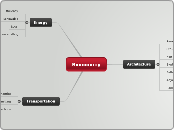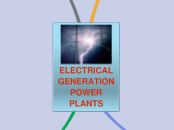Geothermal
Heat From The Earth
Natural Resource
Renewable Resource
Texas
you can find geothermal energy anywhere in the state
Especialy in East Texas (DFW area)
Geothermal and hot water and steam (hydrothermal) are used as heat sources. They can be used to warm houses and businesses.
Subtopic
Energy Availability
These hydrothermal hot spots don’t occur everywhere. In the U.S. they are located in the Western States, Alaska, and Hawaii.
Geothermal power is primarily available where hot magma finds its way close to the surface and heats ground water to usable temperatures above 212F.
Energy Reliability
They require no purchase or transport of fuel. They require no waste disposal.
geothermal plants may be the most reliable of all energy production methods. Since they are fundamentally simpler than most other power systems, there is less to go wrong.
They have no intermittency or dispatchability problems.
Main topic
Environmental Friendliness
Pros
Geothermal facilities have no coal or nuclear fuel to mine and transport, no radioactive wastes or ash wastes to deal with, and no emissions of carbon dioxide, particulates, or other combustion byproducts.
Compared to Coal as a resource
Cons
A few Geothermal facilities produce some silica and sulfur dioxide, both of which are largely removed from the vapors and either returned to the hydrothermal well.
Affordable
Using tapped out oil and gas wells reduce cost involved in exploration and drilling
Helps Reduce Dependence on Fossil Fuels









